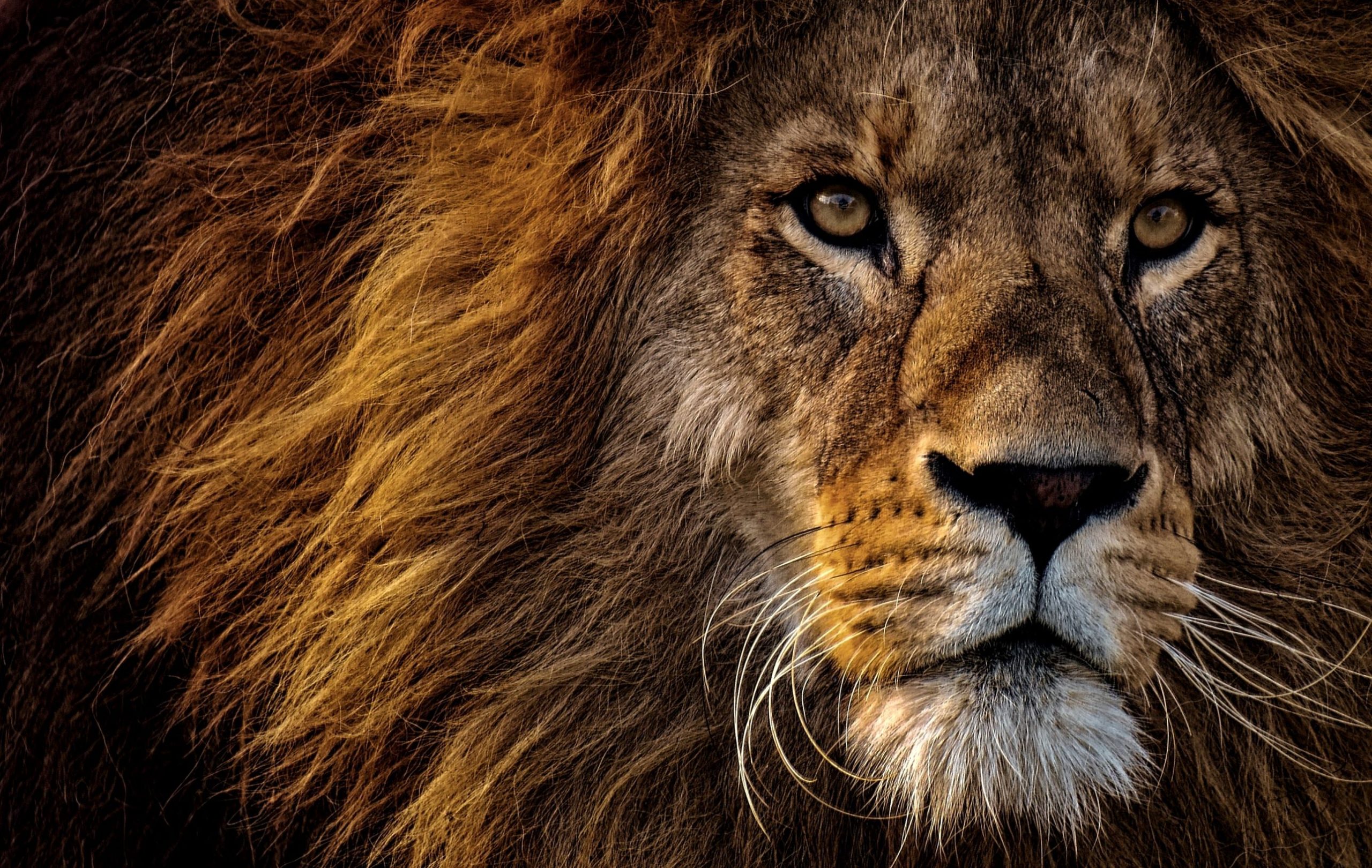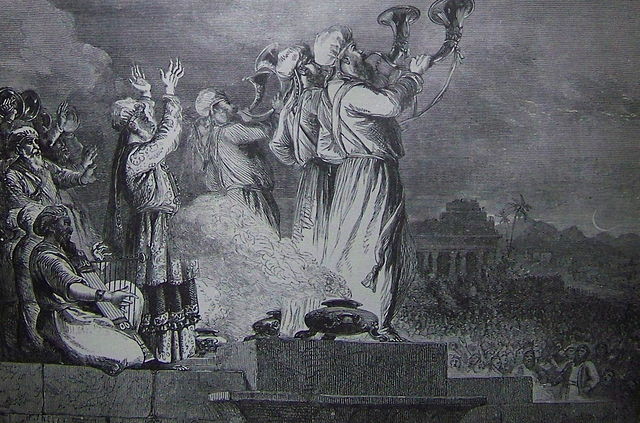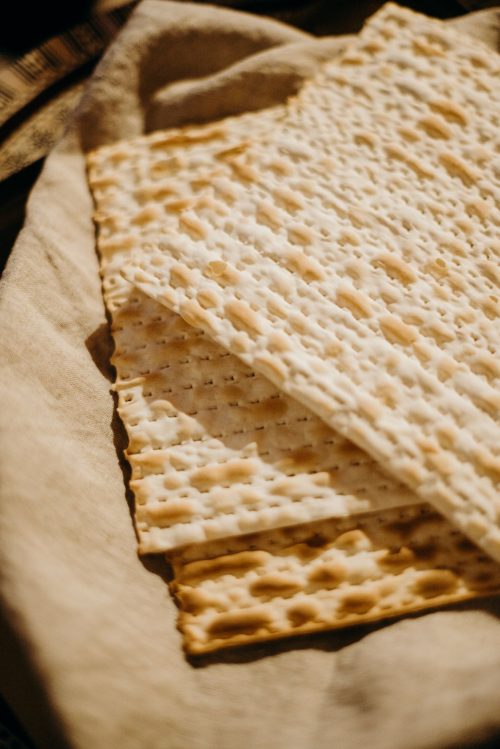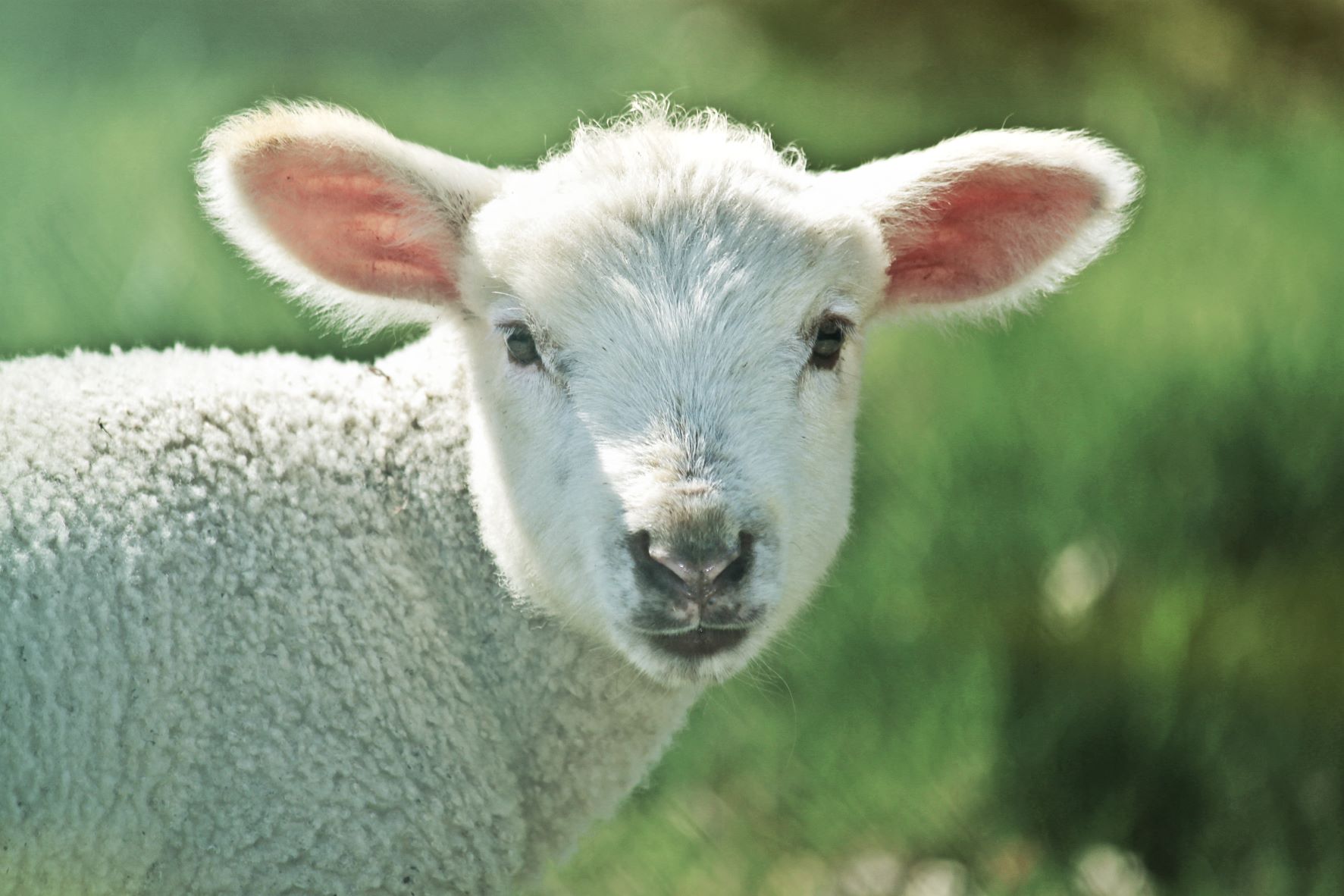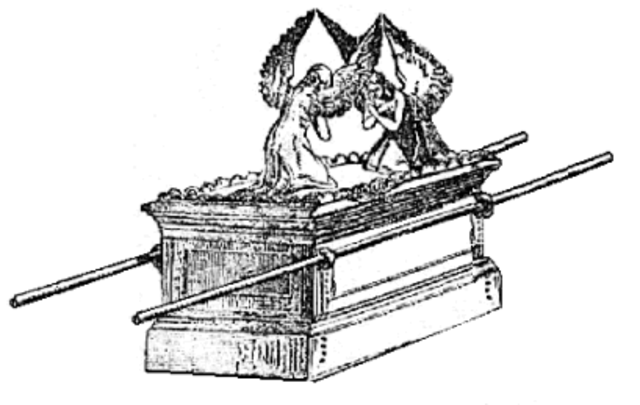The first face we come to in the gospel of Matthew is the face of the Lion, as we mentioned in our introduction to this series, the Lion was the King of the Beasts and represents Jesus as the King of Kings or the King of the Jews. Matthew was writing mainly to a Jewish audience and the question he wanted to answer for his audience was, ‘Was Jesus the King of the Jews?’ or the Messiah that they had been expecting and in numerous ways throughout this book he shows the answer to be a resounding ‘Yes!’
Jesus’ Genealogy in Matthew
The first way we see Jesus represented as the King or Lion in Matthew is because of the genealogy that Matthew represents. There were two different ways of presenting a genealogy in Biblical times, in the gospel of Matthew, Matthew shows the royal genealogy and his purpose is to link Jesus to King David revealing Jesus’ royal connection and therefore His right to be considered King by the Jews.
Royal Visitors at the Nativity
Matthew is the only gospel that tells the story of the Magi visiting Jesus. The Magi were important visitors from the East (Persia to be exact) and they asked Herod where the ‘King of the Jews’ was to be born as they had come to worship Him. This once again puts the focus on Jesus’ Royalty, the fact that he had important international visitors who claimed He was a King.
Focus on the Kingdom of Heaven
The Gospel of Matthew also focusses on the Kingdom of Heaven, mentioning it 53 times, whereas Mark mentions it 17 times and Luke 41 times. Matthew also focuses on the ‘Kingdom of Heaven’ as opposed to the other writers who focus on the ‘Kingdom of God’, this was because he was writing to a Jewish audience who considered the name of God sacred and therefore preferred not to use the name of God.
The Royal Discourses
The gospel of Matthew also consists of a number of royal discourses, the sermon on the Mount is perhaps the most well known of these discourses and tells how a citizen of the Kingdom should behave. Other discourses are where Jesus sends out His disciples, or His emissaries, to spread the good news; the parables on the Kingdom of Heaven; and the Olivet discourse in Matthew 23-25 where Jesus talks of the second coming.
The Ascension
In the different gospels we are given different details of the Jesus’ ascension into Heaven after His rising from the dead (or sometimes we aren’t given much detail at all). In the Gospel of Matthew just before Jesus ascends into heaven He gives His disciples the Great Commission, once again this is like a king giving His command until He next sees His servants.
Our Response
What should our response to the face of the lion, or Jesus as the King be? It needs to be one of obedience. When Christ speaks, we obey, He is our King and we are His servants.
In Matthew therefore we see Jesus as the King of the Jews and His royalty is represented in the face of the Lion. In the next few posts we will see Jesus’ face in the other gospels and what it means to us.

